One of the great pleasures of opening The Attic at Wellington Museum has been seeing visitors spot themselves or their family members in the exhibits. We’ve had a visit from the granddaughter of the architect of our 1890 building, Frederick de Jersey Clere, and from the grandchildren of Ken Coles who features in the 1956 Chimpanzee Tea Party film. One of our most popular exhibits has been ‘Working on the Job’, a series of images of New Zealand Rail in Wellington in the 1990s, taken by then-clippie Alison Jones. It is with some delight that people recognise places and faces in the images, and sometimes even see themselves. Our Social History Curator, Nik Bullard, has curated an excerpt of the show for our first online exhibition. Also featured below is a brief but exclusive interview between Nik and Alison. If you want to see more, you can find it in The Attic…
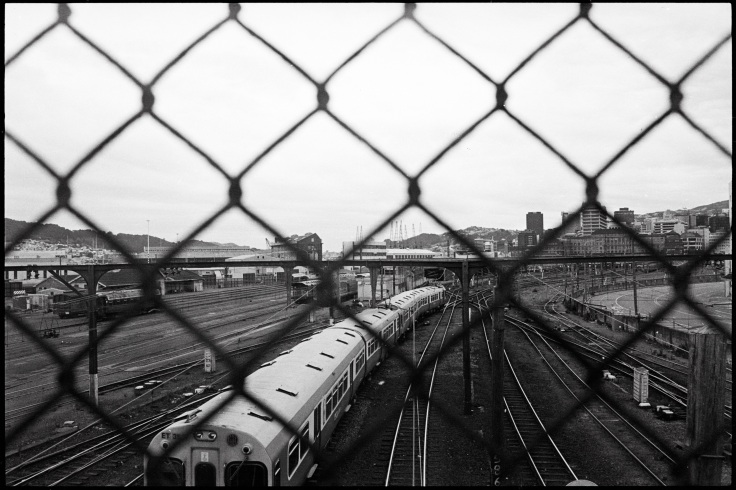

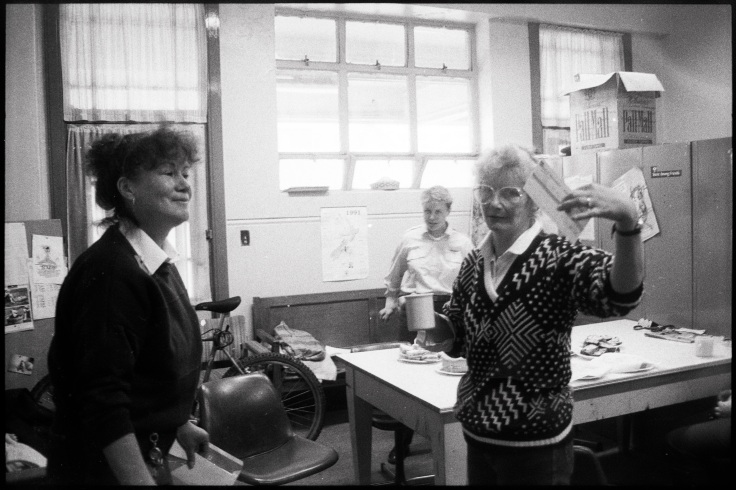
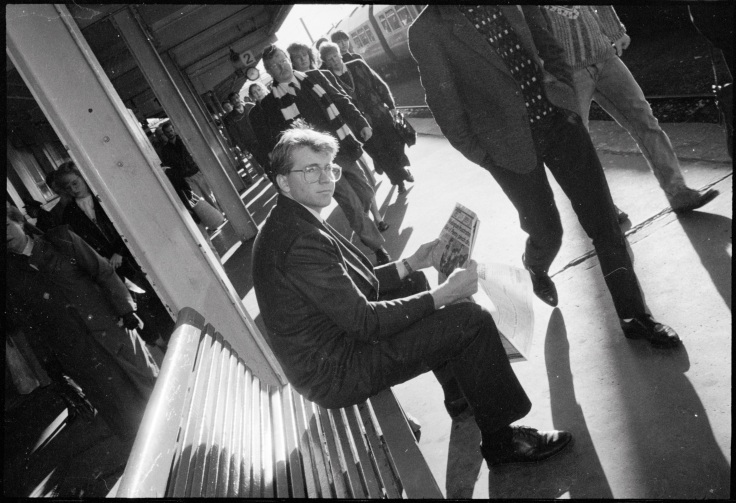

NB: What inspired you to start taking photos while working on the Railways?
AJ: A flatmate at the time in Hanson St, Newtown, was doing Photography and Design at Wellington Polytech. I used to sneak in and see what they were doing. Friends and flatmates were doing ‘proper’ photography and I decided to do the ‘everyday’.
NB: Why?
AJ: I was photographing everything – work, openings, parties etc. I always had a camera on me.
NB: What’s been the response to your photos in the Attic?
AJ: People are interested in the times and that time period. A friend said they had a 1960s/70s feel. People are always interested in the Railways. People see it as a record of that time – what clippies used to wear etc. And it was NZ Railways as opposed to TranzRail. When I looked at them again recently I realised that a lot were shot at weird angles. It was a stylistic thing I guess that I wasn’t aware of at the time.
NB: You also did a Taxi Drivers series. Tell me about that.
AJ: I came to that quite a bit later, around 2007. It was a good project but quite time consuming. A friend directed me that way after meeting lots of interesting taxi drivers. It was another industry group I guess. It was hard to talk a lot of people into it – people want to know what you’re doing with the photos and so on. I’m glad I came to photography late [in life]. Young people today don’t know what to hold back.
NB: Are you still taking photos?
AJ: Not so much now, just the odd stuff. I have a crappy phone camera and just don’t seem to have the time now. Maybe owing a house has made me busier, don’t know. I like street photography and did that for a while.
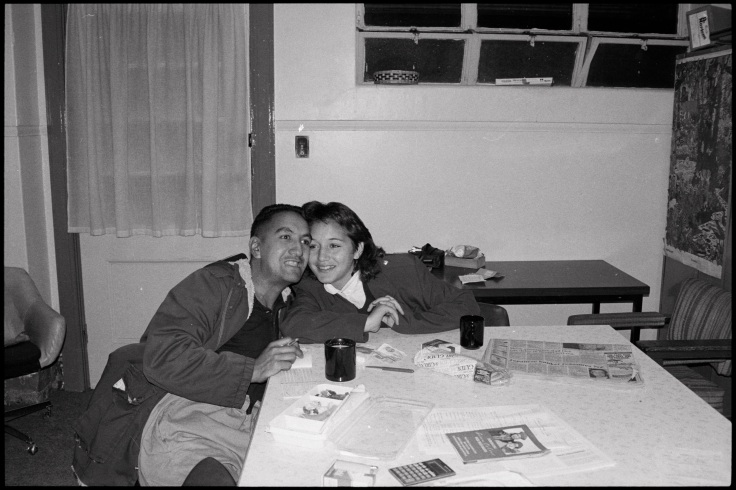

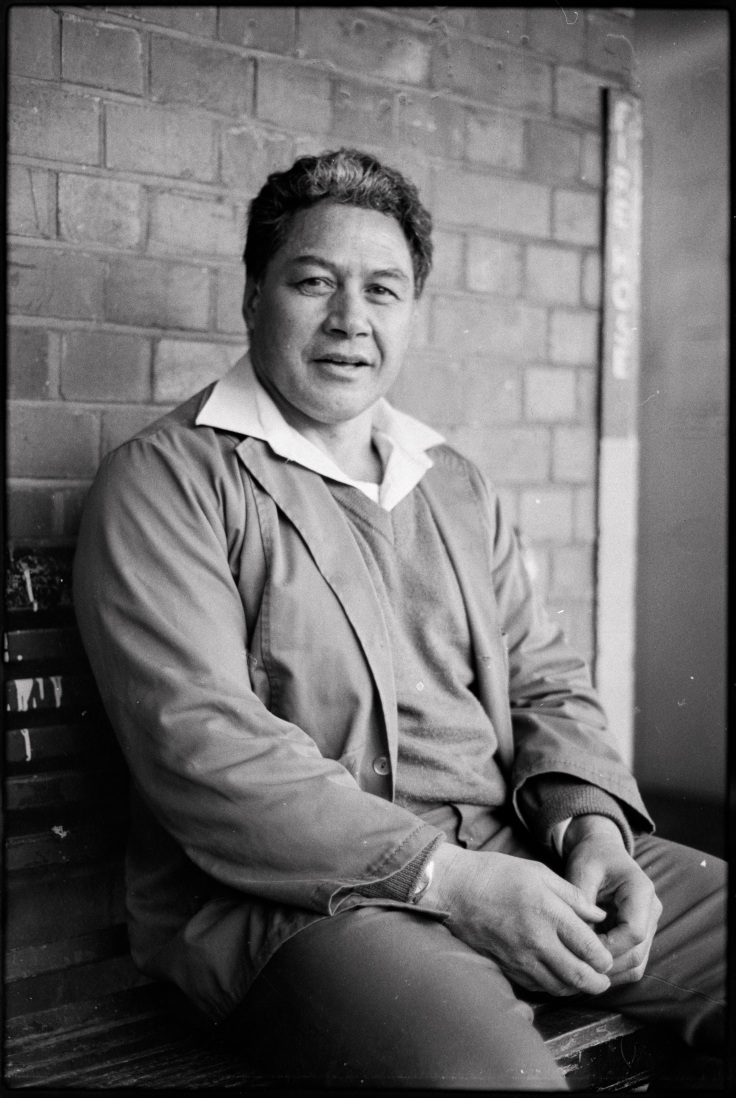

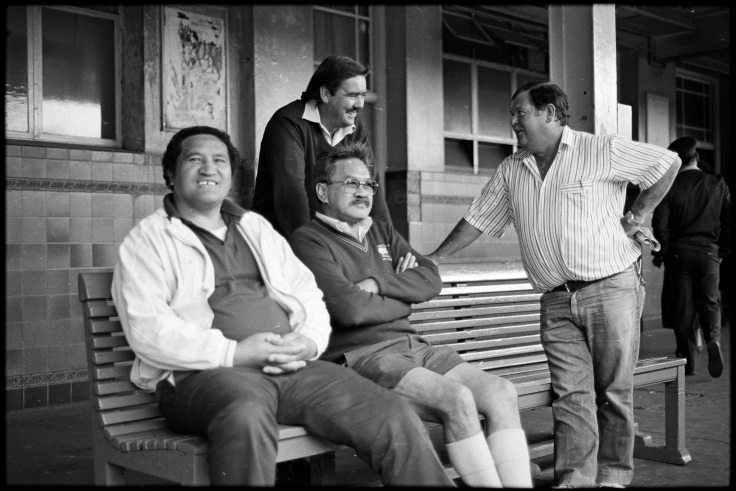

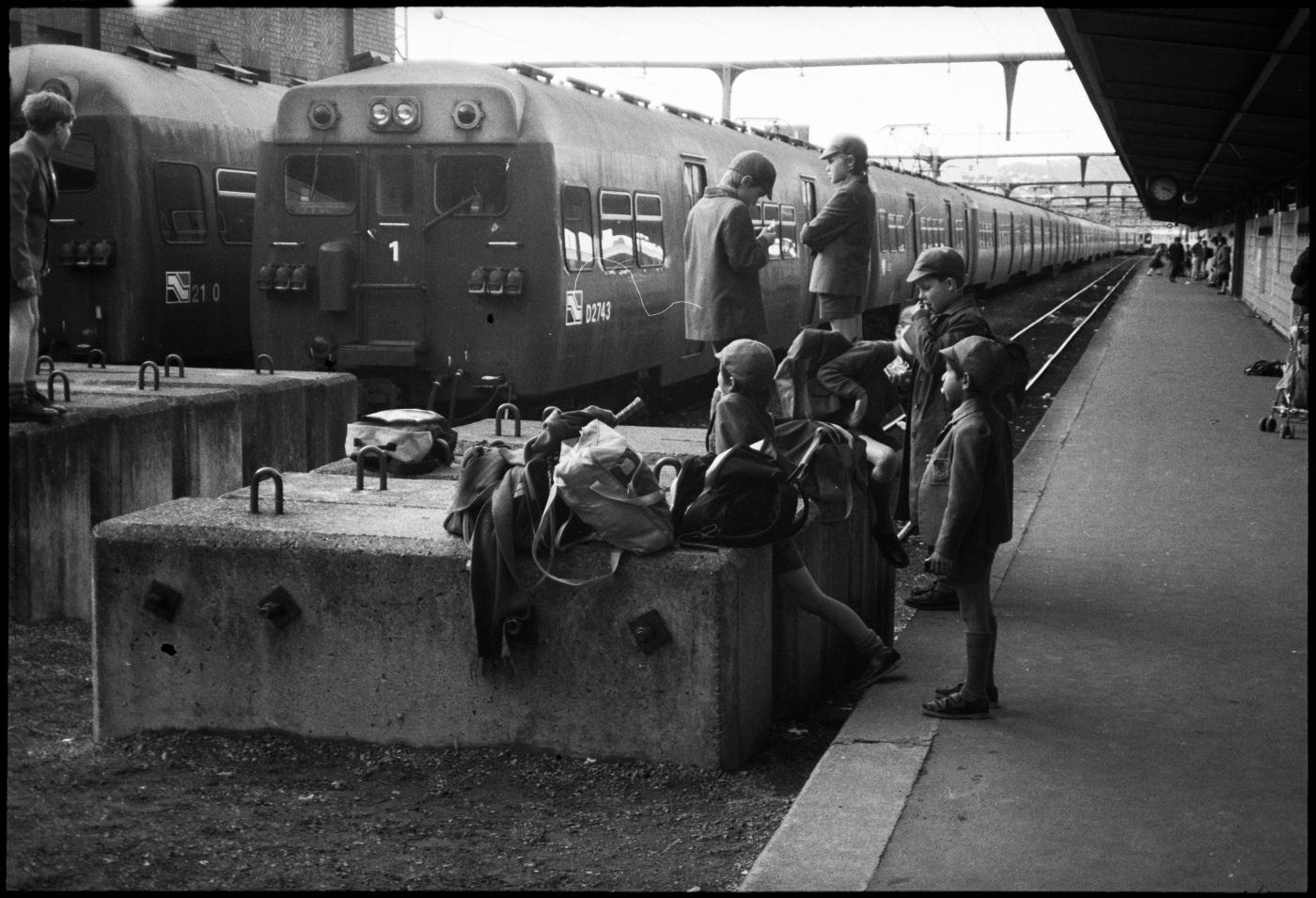

Leave a comment